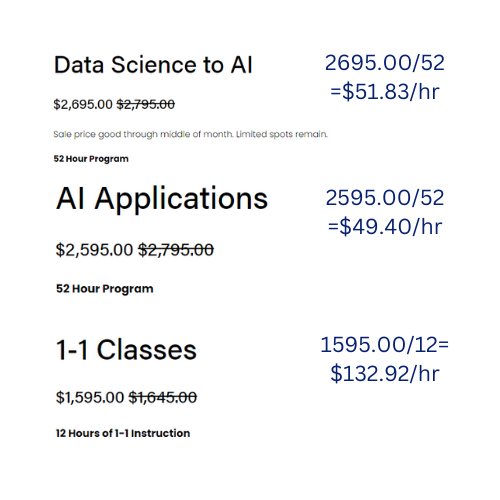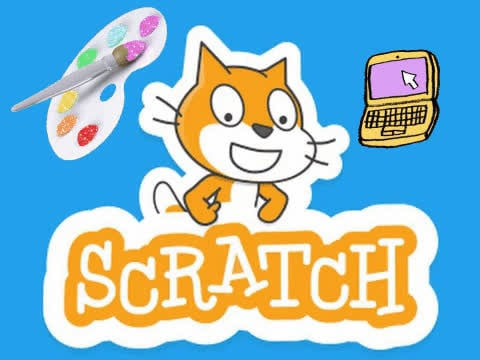How to Teach Kids Coding at Home
- Julian H. - CDiversions
- May 15, 2024
- 3 min read
Updated: Jun 11, 2024
NOTE FOR ADULT LEARNERS: If a strategy can help a parent teach their child how to code, then that same strategy will be even more efficient if it's just you teaching yourself.

Why beginner programmers shouldn't even use their keyboards to code and how three amazing coding websites can help you or your child learn to code. Hello, my name is Julian. I am a Canadian computer science student, and I am the coding instructor for Code Diversions!
Part 1: How to approach learning to code
Part 2: Three pathways for your coding journey
How to Approach Learning to Code
1:
Start with the simple stuff. Don't get caught up in trending topics or advanced tutorials. Focus on concepts like algorithms, loops, and conditionals. Look for fun games or puzzles that make learning more engaging.
2.
Don't type code. Visual programming languages like Blockly are more engaging and carry more information. Programming in Java requires users to immediately type weird code that won't make sense until they learn more advanced topics. In 9th grade I literally gave up on Java coding just because I couldn't figure out why I had to start my code with "public static void main." In contrast, every visual coding block has a specific identifiable purpose and is linked to other similar blocks through fun color coding. Coding really doesn't have to be bland and confusing!
3.
Have the right mindset. Expect to encounter failure, but maintain a growth mindset. Let your kid know that coding is a skill that improves with practice, and that it's okay to make mistakes. Focus on letting creativity shine through while developing valuable problem solving skills and creating exciting new projects!
Three Pathways For Your Coding Journey
1. Berkeley Coding Academy:
Code Diversions is awesome, but to play devil's advocate... I, Julian, have to admit that there are other awesome pathways for your coding journey. Starting off with a paid pathway, Berkeley’s Coding Academy.
Pros:
They have year-round 1-1 student to teacher ratio coding classes that take students of any experience level.
They also have seasonal programs. For the summer of 2024, they are running a Data Science and AI Applications program.
An awesome feature of Berkeley’s academy is the fact that it is inclusive to advanced students as well as beginners.
Cons:

Some may find that courses at Berkeley Coding Academy have high expectations from their students, requiring significant time commitments that may be overwhelming to a beginner.
The main drawback of this option is the price with their cheapest option being either $1,595 when looking at total cost OR $49/hr when looking at the best hourly rate. (compare to Code Diversions)
2. Code.org/Scratch:
Now for a free option! Scratch & Code.org.

Scratch:
Truly you can make so many amazing things with Scratch. Almost everything that applies to Code.org also applies to Scratch. The only drawback is that Scratch lacks actionable steps for improving skills/starting projects.
This is truly the best free coding pathway for programmers between the ages 5-11! This is what I meant earlier when I said "Look for fun games or puzzles that make learning more engaging." For learners between the ages 5-11, this non-profit website is a must-use. It uses block-based code and offers actionable steps to improvement. The main drawback of this option is that there is a lack of support and human connections for when students get stuck.

3. Code Diversions
Does offer human connection and support from instructors during weekly virtual lessons
Is a low-pressure environment that only requires a minimum of 1 hour a week dedicated to working on projects and learning new material. (more time is recommended)
Is a cheaper alternative, with free programs to start your journey, and premium online classes to propel you forward. Breaking down these premium courses the same as we did before: Code Diversion's 10 hour course is valued at $200 or $20 per hour.
This is less than half the previously mentioned rates, and with less of a time commitment, students are allowed to gradually warm up to the material and foster a positive relationship with programming and critical thinking.
That's just comparing the features of other programs against ours. If you haven't seen the unique benefits and outcomes of our program as shown on our home page, click here. Finish your first coding project today with our free online program, "Choose Your Own Adventure Game." If you make a free account with us, we will guide you or your child through the steps to making a game like this in 1-2 hours.
or



Comments